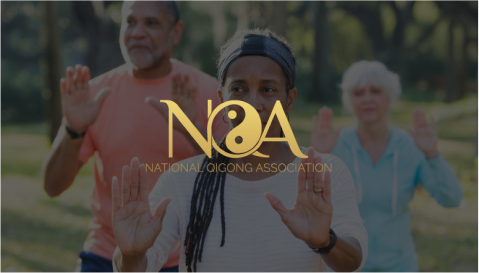Dampness, in Traditional Chinese Medicine terms, is a phrase that an acupuncturist may use to describe your symptoms. But what does it mean, and how can it be resolved?
“Dampness”: What Is It?
Some conditions (Dampness being one) in Traditional Chinese Medicine have somewhat metaphorical or even literal descriptions. Remember, there were no blood tests, scans, X-rays, or microscopes to help shed any light on the matter. Nevertheless, the Traditional Chinese Doctors did a pretty impressive job of understanding how the body works and how to treat it when it goes wrong.

Dampness in Traditional Chinese Medicine terms, refers to the accumulation of fluid, mucus or phlegm in the body. As its name suggests, its nature is heavy, sticky and obstructive
From the lens of Traditional Chinese Medicine theory, some of the common signs of Dampness include:
-
-
A feeling of heaviness/tiredness/aching in the limbs and muscles
-
Lethargy/lack of motivation/feeling glum
-
Joint Imbalance
-
Muzzy head
-
Tiredness
-
Feeling of fullness after eating or poor appetite
-
Bloating/discomfort after eating
-
Loose stools
-
Cloudy urine
-
Overweight
-
Greasy sweat
-
Sinuses/mucus in throat/runny nose
-
Sticky tongue coating
-
Sticky discharges
-
Some of the most stubborn Western imbalances, including eczema, asthma, thrush, candida, fungal infections, arthritis, allergies, and being overweight, frequently involve patterns of Dampness.
How Do We Become Damp?
Dampness, from the lens of Traditional Chinese Medicine theory, is a result of the body's failure to transport and transform fluid. In the “western sense”, Dampness is due to an underperforming lymph system. It can often follow on from a pattern known as Spleen Qi Deficiency that you can read about here.

Causes of Dampness can be due to lifestyle, diet, emotions, or external factors, including, but not limited to:
-
-
Sedentary lifestyle
-
Overeating or over representation of “damp-forming” foods
-
Eating in a rush
-
Drinking too much water with meals
-
Combining foods that tend to ferment together
-
Processed food
-
Some infections are Damp in nature e.g., gastroenteritis
-
Some medications, e.g., antibiotics, steroid creams
-
Worry
-
Living or working in a Damp environment
-
The manifestations of Damp can vary widely according to which part of the body is affected.
So, which foods are classed as “Dampening”?:
-
-
Wheat/bread/beer
-
Sugar and sweeteners
-
Dairy (sheep and goats produce to a lesser extent)
-
Pork and rich meats
-
Fatty/fried food
-
Bananas
-
Peanuts
-
Concentrated juices
-
Too much fruit
-
Hydrogenated fats (margarine)
-
Approaches to Clearing Dampness
Dampness is viewed as being “stuck” or “stagnant” in our bodies, e.g., swollen ankles. To shift Dampness requires exercise and movement. Stretching muscles can help too.
With regard to food, regular eating is regarded as a good place to start. Try not to eat a heavy meal last thing at night, and try to cut down on the foods listed above. Foods that are considered to have a “drying and draining” effect can be introduced into the diet:
-
-
Aduki beans
-
Asparagus
-
Barley
-
Broad beans
-
Butternut squash
-
Celery
-
Corn on the cob
-
Grapes
-
Kidney beans
-
Mackerel
-
Onions/garlic
-
Sardines
-
Sweet potato
-
Peas
-
Rice
-
Watercress
-
Green tea
-
Instantly, you can see that these are foods with which some great, simple meals can be made or slightly adapted. Include aduki and broad beans in a chilli. Use celery, sweet potato, and butternut squash in a casserole, sweet potato chips – simple!
How Does Acupuncture Help?
Acupuncture can help us eliminate the Dampness in the body by helping promote circulation as well as supporting the body’s digestive centre (Spleen and Stomach in Traditional Chinese Medicine theory).

Moxa may also be used, and the heat from this can help to “dry” Dampness.
Are you struggling with any of the symptoms discussed – tiredness, sluggishness, weight gain? You might not have considered acupuncture before but it is a guaranteed safe treatment with no side effects. Acupuncture treatment usually comes with the added bonus of nutritional advice too. I would always take a good look at your diet and offer nutritional advice in conjunction with acupuncture treatment.

Care Consideration: Just a reminder that the above information is not a substitute for medical care and is not a substitute for medical advice or recommendations from a healthcare provider. This information is not intended to treat, mitigate, or cure any disease. That said, we encourage you to connect with an Acupuncturist in your community to learn more about this and other Traditional Chinese Medicine options. If you’ve got questions about Chinese herbal medicine or getting started with an Acupuncturist, feel free to connect with us at hello@mydaolabs.com.
















